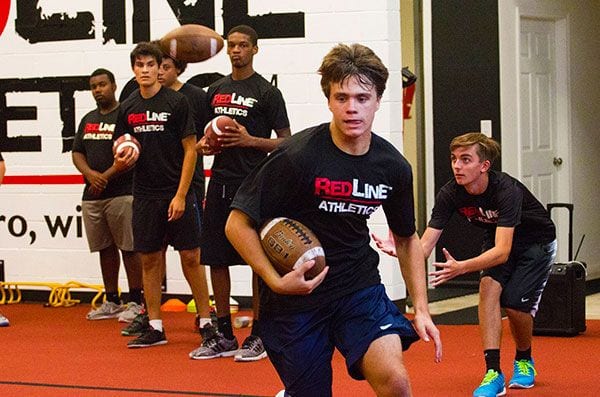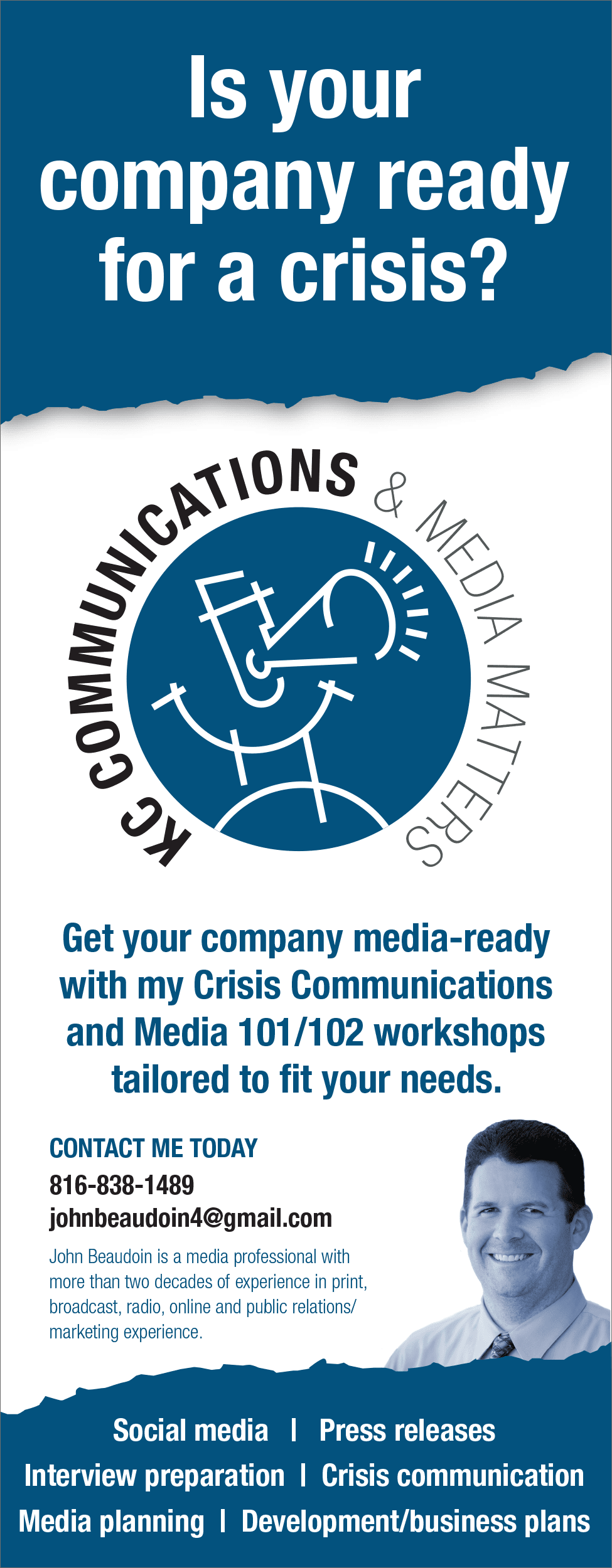It’s spring time in Lee’s Summit – time for kids to dust off their cleats and jump into spring and summer sports. As parents we have a lot to think about in preparation of spring sports. We are tasked with choosing the right team or league, purchasing gear and equipment needed, arranging for a physical, adjusting schedules to allow for practices and game days, but have we considered the physical state of our children? Training in youth sports has dramatically affected the quality of athletes in today’s sports world. Athletes as a whole, have never been stronger or faster. So, in order to learn how to physically prepare our kids, we sat down with Ryan Howerton of Redline Athletics to discuss three key steps to take your kids to the next level this season. Here’s what he had to say:
1 – Learn Proper Fundamentals
Don’t overlook the importance of learning the proper fundamentals of athletic movements at an early age. Building that great foundation early in an athlete’s life can lead to better and faster growth as the body matures.

2 – Diverse Training
Being diverse in the training is key as well. It’s never good to overuse a particular muscle group too much. That is the reason performance training is needed even more so for single sport athletes. For those athletes that specialize in one sport, they are using the same muscles repeatedly without strengthening areas that might be getting left out in that certain sport.
3 – Preparation is Everything
With spring sports just getting underway for the year, preparation is everything. If you are an athlete who has done nothing physical all winter and try to go full force into your sport with no build up, there could be an increased risk of injury. Each sport has a physical set of demands that it requires to perform at an optimal level. It will take an athlete coming from doing no physical activity longer to get established into their sport than an athlete who has been playing a winter sport or has been training at a performance center.
Athletes are at a higher level physically than in the past. Across the board, athletes are stronger, faster, and overall more athletic than 30 years ago. This is due to the evolution of how athletes are training today and the ease of access of having performance centers readily available. If you are serious about trying to take the next step in your athletic career, it is important to stay on top of your training and being dedicated to your craft.

